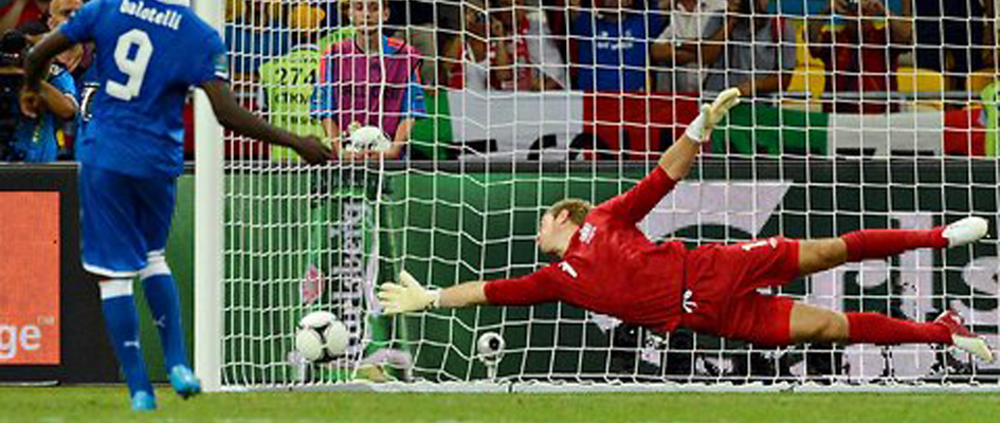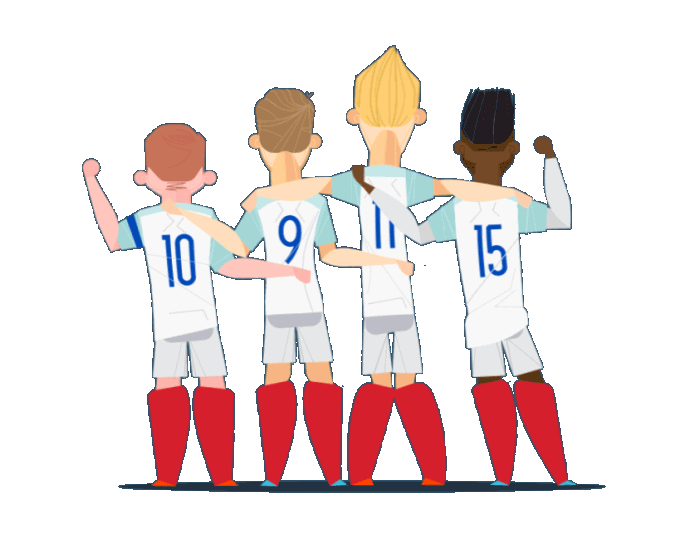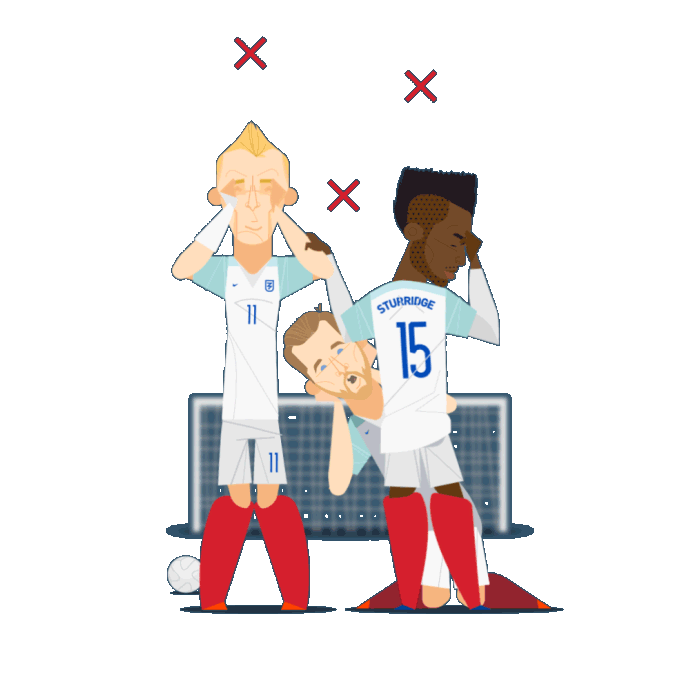 For a soccer fan, one of the most exciting- and nerve-wracking- aspects of the game is the penalty kick. To the uninitiated, it looks fairly simple. The ball is placed on a spot 36 feet in front of the goal, and the goalkeeper can’t move until the offensive player strikes the ball. Simple enough, right?
For a soccer fan, one of the most exciting- and nerve-wracking- aspects of the game is the penalty kick. To the uninitiated, it looks fairly simple. The ball is placed on a spot 36 feet in front of the goal, and the goalkeeper can’t move until the offensive player strikes the ball. Simple enough, right?
Given the long odds against a goalkeeper blocking a penalty kick, an entire science has sprung up devoted to helping keepers tilt the odds in their favor as much as possible.
Even with the science behind them, the odds are still very long for goalkeepers. ESPN’s Sports Science did a study on all of the penalty kicks taken during the 2010 World Cup in South Africa. The results, while interesting, reinforced just how difficult it is for a keeper to stop a penalty shot. The science may improve a keeper’s odds incrementally, but a penalty kick on the foot of a skilled professional is as close to a sure thing as the game has to offer.
They found that goalkeepers were able to guess the direction of the ball correctly 57 per cent of the time.
But this is where the good news stops for goal keepers; because of the time it takes to move, only 22 per cent of those shots were saved.
The reason for this is that no amount of psychological preparation can help if a penalty taker knows what he’s doing.
On average a ball kicked in a penalty travels at about 70 mph (112km/h), according to Business Insider.
With the penalty spot 36ft (11 metres) from the goal, this means it will take the ball less than half a second to reach the net.
That gives the goalkeeper around 700 milliseconds to look which way the ball is going, decide which way to jump and move his body in that direction.
As a former college goalkeeper, I can attest to the marooned on an island feeling that comes with standing on your goal line and hoping you guess correctly. Even employing “game theory” (the theory that opponents in any scenario, from war to chess, will follow predictable strategies to try and outwit each other), what a keeper is left with isn’t very helpful. What it comes down to for some is a “Scientific Wild-Ass Guess”…tendencies of a player combined with a roll of the dice.
In my case, it was a simple matter of not overthinking the process: get ready, pick a side, and dive as hard and as far as I could. I knew the odds: I had perhaps a one in ten chance of success, so what did I have to lose? No one expected me to make the save, anyway. That said, I never did manage to save a penalty kick.
For players taking a penalty, ESPN also has some helpful tips for beating that goalkeeper in front of you and taking your team to the promised land a la Leonard Messi or Cristiano Ronaldo.
Blast it? Put it in a corner? Try a panenka? Whatever choice you make, the best advice is also the simplest: don’t be England. Never be England, for things will NOT end well for you.


